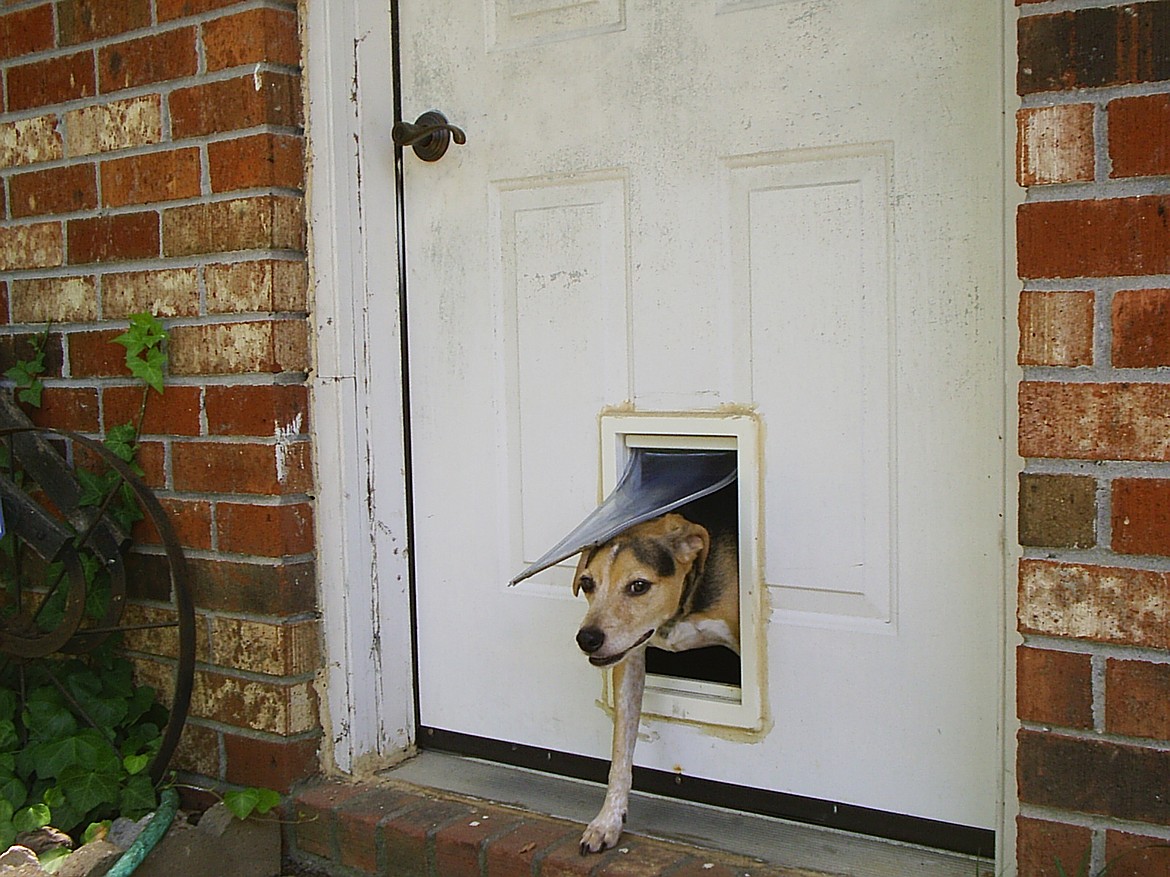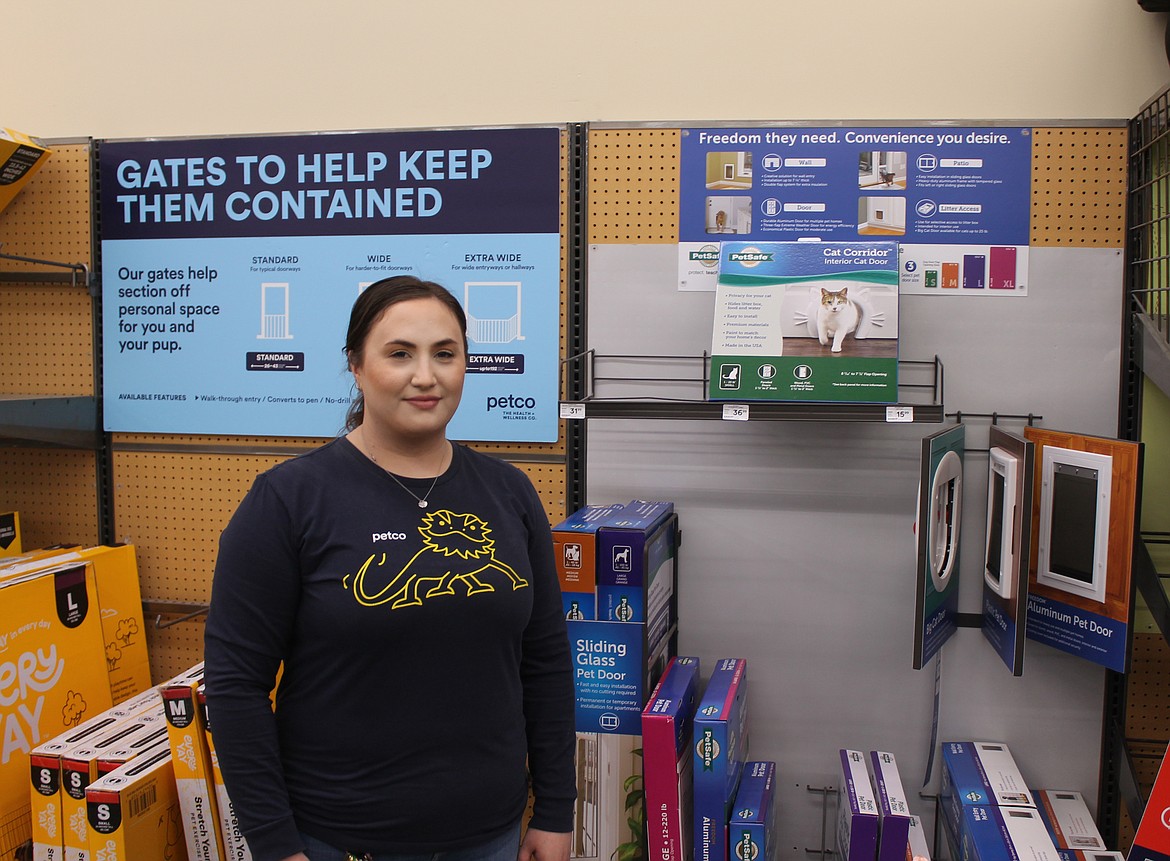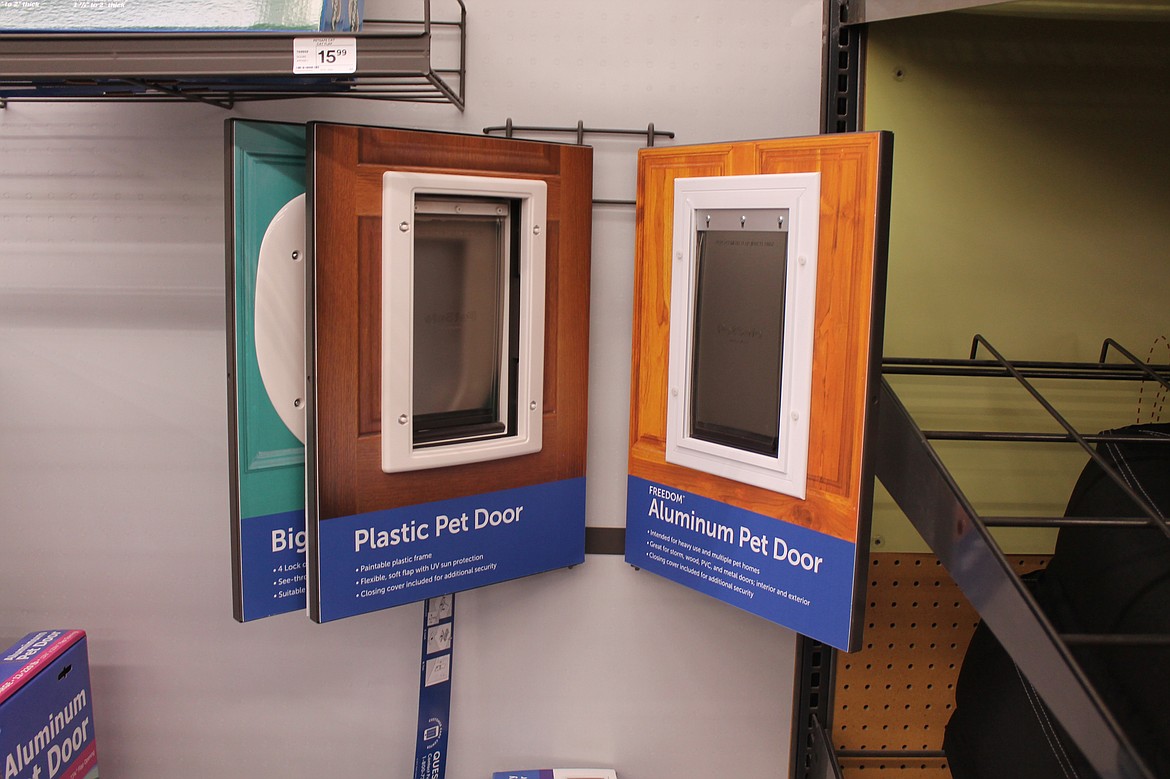Creature comfort
|
May 13, 2022 1:00 AM
MOSES LAKE — We all know how it is with pets. When they’re inside, they want to be out, and when they’re out, they want to come in. But that pesky door keeps getting in the way, and sometimes there isn’t a human handy to open it. What’s a critter to do?
Become a Subscriber!
You have read all of your free articles this month. Select a plan below to start your subscription today.
Already a subscriber? Login





